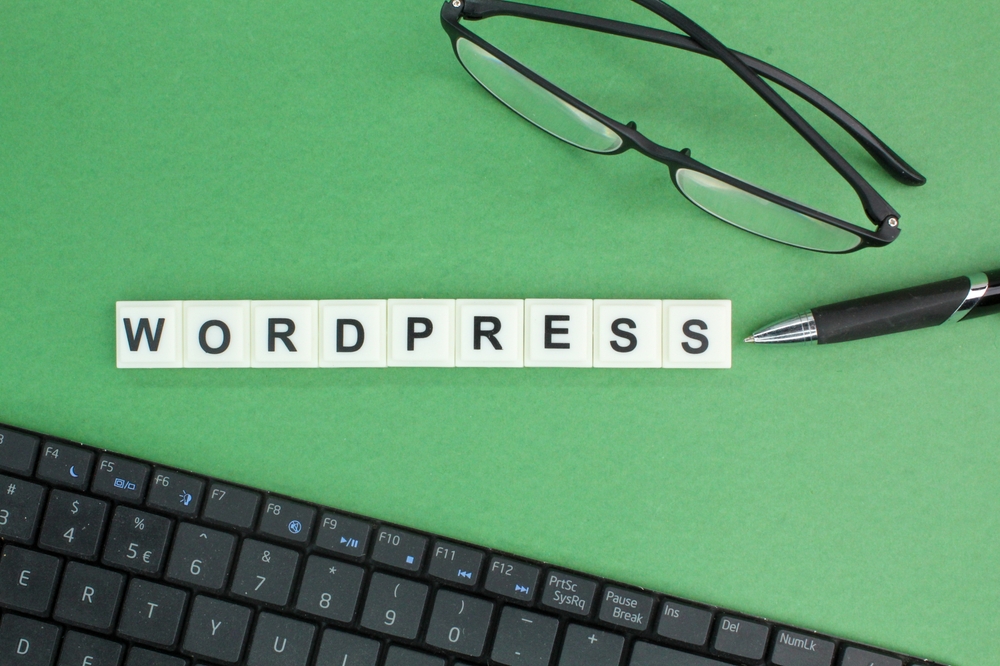
WordPress is a powerful and versatile content management system (CMS) that allows users to create stunning websites with ease. It's no wonder that WordPress is used by over 35% of all websites on the internet. Whether you're a beginner or a seasoned pro, there are always new ways to customize and maintain your WordPress site to ensure it stands out from the crowd. In this article, we'll share expert tips and tricks to help you master WordPress (WP) customization and maintenance.
1. Choose a Professional Theme
One of the first steps in customizing your WordPress (the blogging platform) site is selecting a professional theme. A theme determines the overall look and feel of your website and can greatly impact its success. There are thousands of free and premium themes available, but it's essential to choose one that aligns with your brand's image and goals. Look for themes that are regularly updated, have good reviews, and offer customization options that suit your needs.
Additionally, consider choosing a responsive theme that looks great on all devices. With the increasing number of mobile users, a mobile-friendly website is crucial for better user experience and SEO ranking.
2. Customize with Plugins
WordPress (the platform for bloggers) plugins allow you to extend the functionality of your website without the need for coding. From adding contact forms to optimizing your site for search engines, there's a plugin for almost everything.
To get started, install a few essential plugins like Yoast SEO for search engine optimization, WPForms for creating contact forms, and Jetpack for enhanced security and performance. Additionally, if you have specific requirements, search for plugins that cater to your needs. However, be cautious with installing too many plugins as they can slow down your website's speed.
3. Personalize Your Widgets and Sidebars
Widgets and sidebars are an excellent way to add additional content and functionality to your WordPress site. Many themes come with pre-designed widget areas that you can customize to align with your website's design and layout.
Experiment with widgets like recent posts, social media feeds, newsletter subscriptions, and tags. These small additions can greatly enhance the user experience and engagement on your site, ultimately improving your website's performance and retaining visitors.
4. Regularly Update Your WordPress Core and Plugins
Keeping your WordPress core and plugin versions up to date is crucial for website security and performance. WordPress (or WP) regularly releases updates for security patches, bug fixes, and improved functionality. Outdated versions can leave your site vulnerable to hacking attempts and may cause compatibility issues.
Make it a habit to check for updates and perform them on a regular basis. Always remember to backup your website before updating, as there might be cases where updates conflict with certain themes or plugins.
5. Optimize Website Speed
Website speed plays a vital role in user experience and search engine rankings. Slow-loading websites lead to higher bounce rates and dissatisfied visitors.
There are several ways to optimize your WordPress site's speed. Start by removing unnecessary themes and plugins. Next, optimize your images by compressing them without compromising on quality. You can also enable browser caching, minify your CSS and JavaScript files, and use a content delivery network (CDN) to boost your site's performance.
6. Frequently Asked Questions
Q1: How can I backup my WordPress website?
A1: To backup your WordPress website, you can use plugins like UpdraftPlus or Duplicator. These plugins allow you to schedule automatic backups and easily restore your site if something goes wrong.
Q2: Can I change my theme after creating my WordPress site?
A2: Yes, you can change your WordPress theme at any time. However, changing themes may affect your site's design and layout. It's recommended to thoroughly test the new theme on a staging site or make a full backup before making any changes.
Q3: How do I secure my WordPress website?
A3: Securing your WordPress website involves a few essential steps. Firstly, choose a strong password for your admin account and regularly update it. Install a security plugin like Wordfence or Sucuri to protect against malware and cyber threats. It's also crucial to keep your WordPress core, themes, and plugins up to date to prevent security vulnerabilities.
Q4: Can I customize my WordPress site without coding knowledge?
A4: Absolutely! WordPress offers a user-friendly interface with many customization options available in the built-in Customizer. Additionally, there are numerous drag-and-drop page builders like Elementor and Divi that require no coding knowledge and allow you to create stunning layouts.
Q5: How can I improve my WordPress site's SEO?
A5: Improving your WordPress site's SEO starts with installing an SEO plugin like Yoast SEO or All in One SEO Pack. These plugins offer optimization suggestions for your content, metadata, and XML sitemap. Additionally, write high-quality, relevant content, optimize your images, and build backlinks from reputable sources to improve your site's search engine visibility.
In conclusion, mastering WordPress customization and maintenance is essential to create a successful and unique website. By carefully choosing a professional theme, customizing with plugins and widgets, staying updated, optimizing speed, and following security best practices, you'll have a WordPress site that stands out from the rest. Now it's time to unleash your creativity and build the website of your dreams!
Other useful resources
- https://www.wordpress24plus.com/wordpress-tools-directory/
- https://www.wordpress24plus.com/wordpress-tools-directory/wordpress-themes/
- https://www.wordpress24plus.com/topics/wordpress-tips-and-tricks/